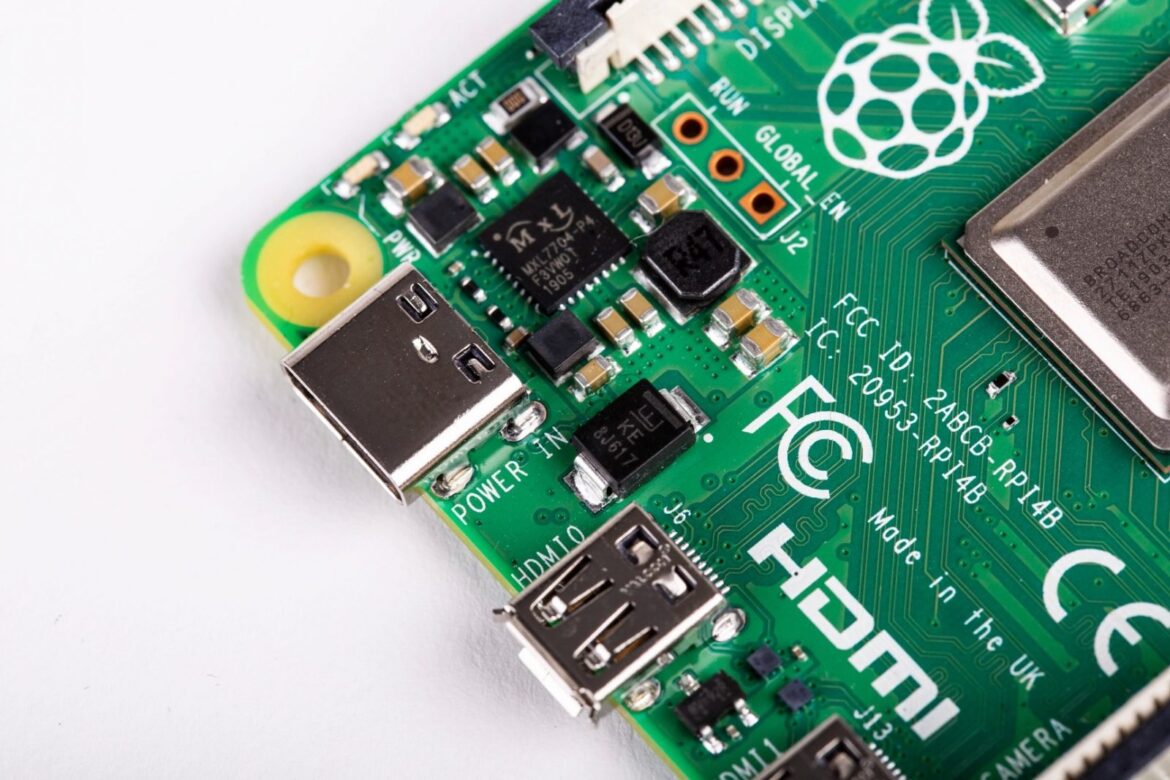2.3K
It is difficult to give a general figure for the power consumption of a Raspberry Pi 4. As with any other computer, it depends on which operations the Raspberry Pi has to perform at any given time. The power requirement is also determined by this.
Power consumption of a Raspberry Pi 4
The power requirements of the Raspberry Pi 4 are usually limited to only a few watts.
- Generally, the Raspberry Pi 4 is powered with a voltage of 5.1 volts. This means that with a power of 10 watts, just under 2 amps will flow. You can calculate this with the familiar formula P = U * I.
- When the boot process is complete, your operating system – for example Raspian – is in the active state and you have connected a monitor, the Raspberry Pi 4 requires about 2.5 watts, which is about half an ampere.
- When you now open the browser and start surfing, the power requirement increases slightly, but not dramatically, to about 4.5 watts. Even in a test where all four cores of the Raspberry Pi 4 are 100% active, the power demand does not rise above 1 amp, which is about 5 watts.
- Generally, the more hardware you connect to your Raspberry Pi, the higher the power demand. Also, the demand on the GPU and increased memory accesses to the RAM drive up the power consumption. The official power supply for the Raspberry Pi 4 provides a maximum current of 3 amps, which corresponds to a power consumption of 15 watts. However, this is a relatively large amount, so this power supply should be more than sufficient.
- Compared to the Raspberry Pi 3, the power consumption increases for the fourth generation. For the active operating system in idle mode with a moderate LAN connection, about 1.8 watts are required. Thus, this is about 0.7 watts lower than the power consumption of the Raspberry Pi 4. However, this also varies massively with the use of WLAN or other peripherals.
